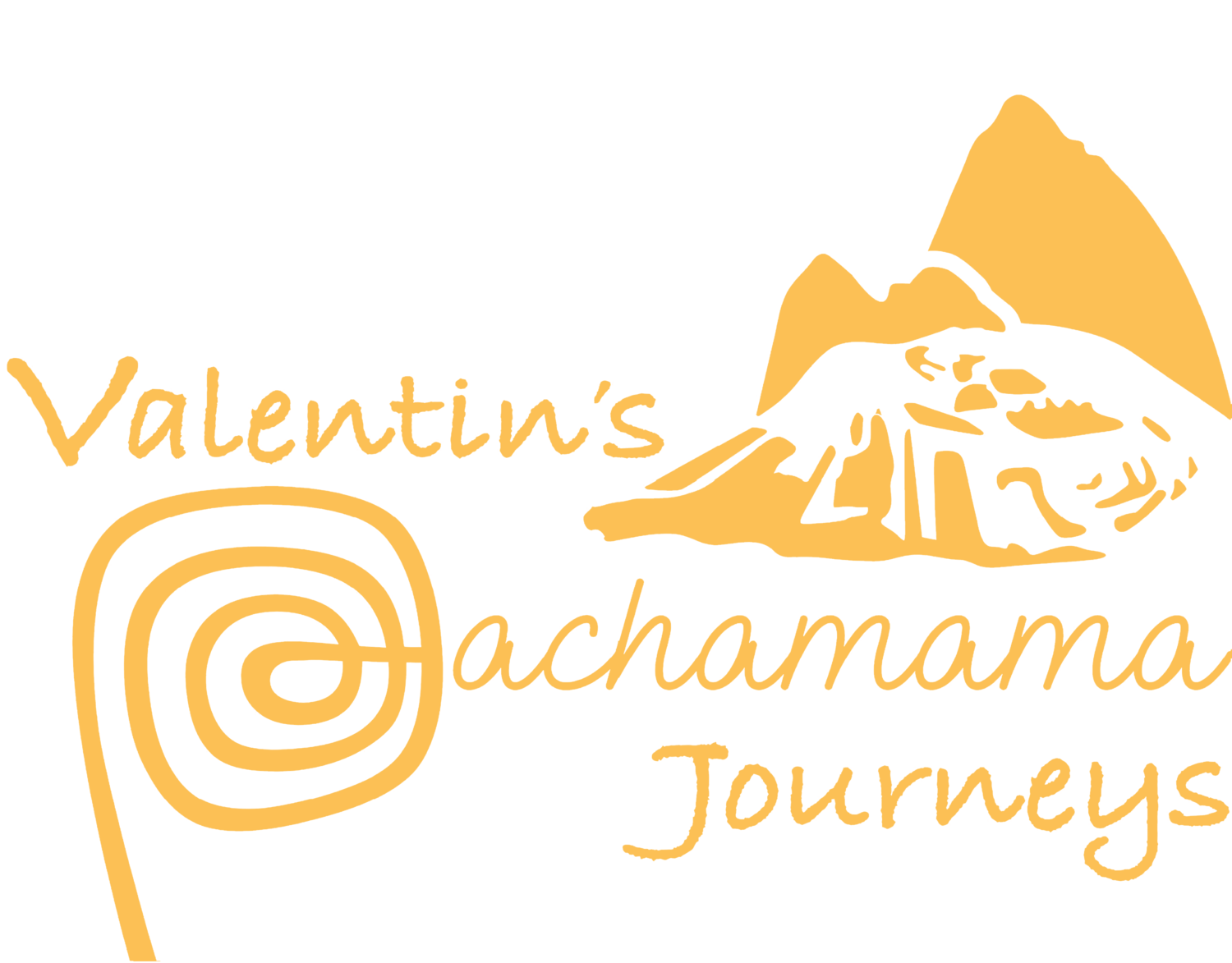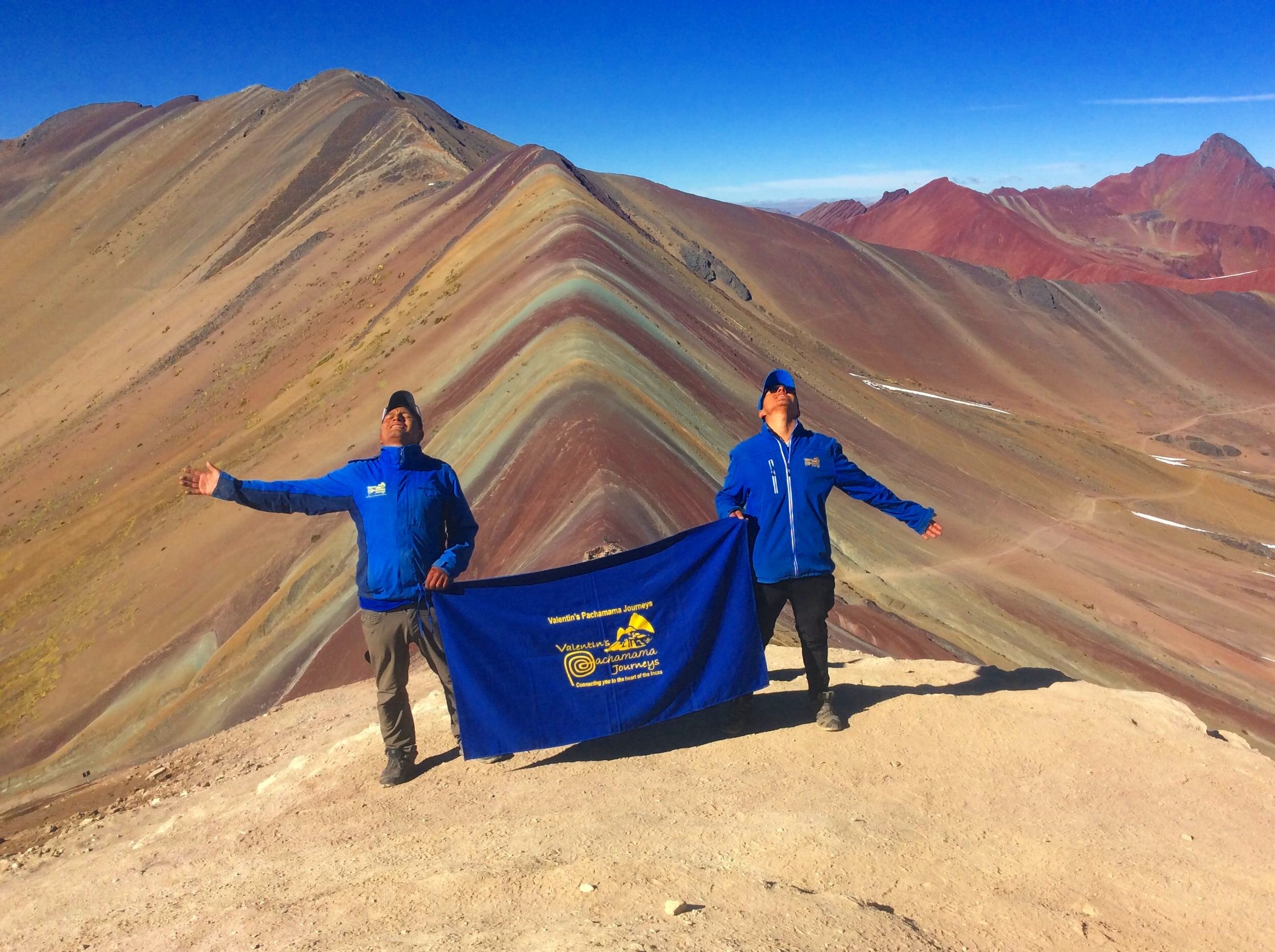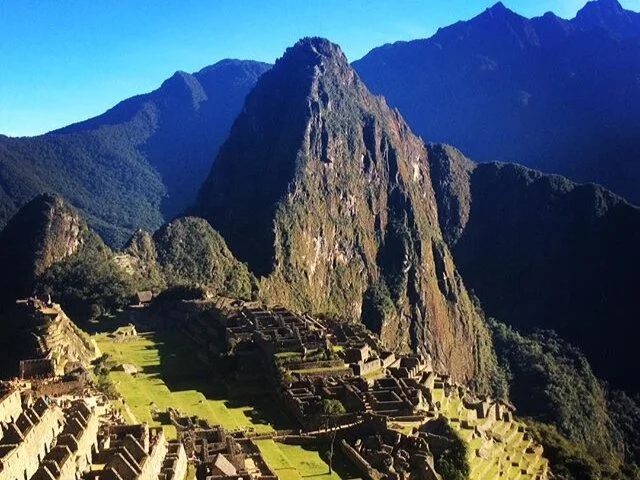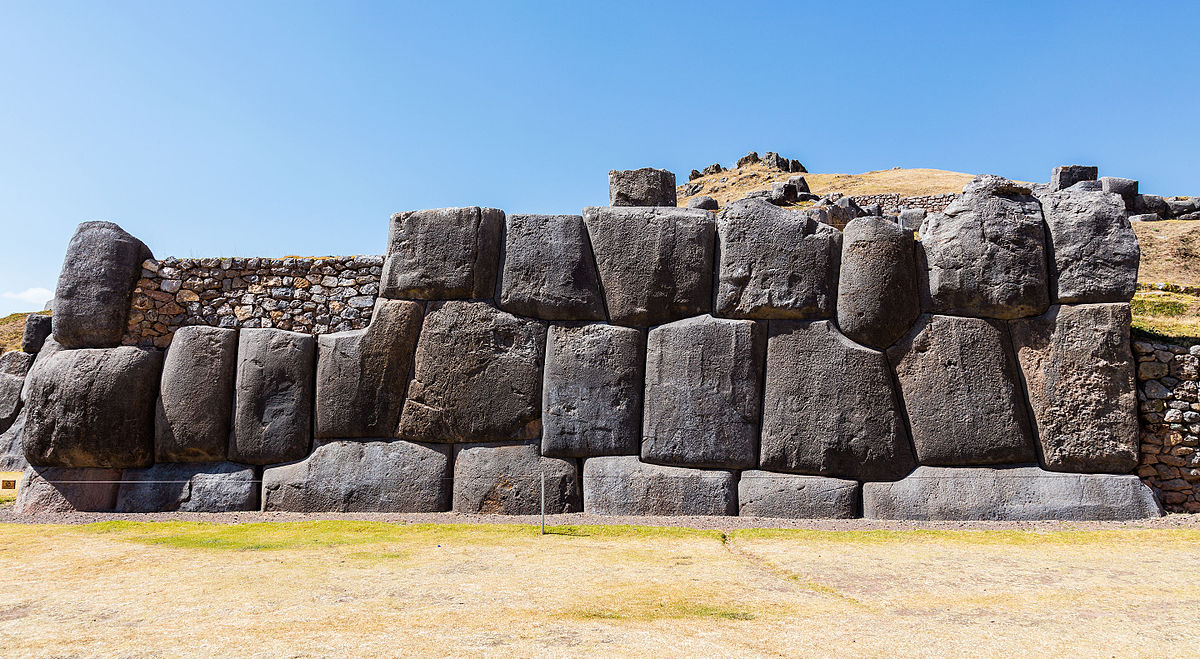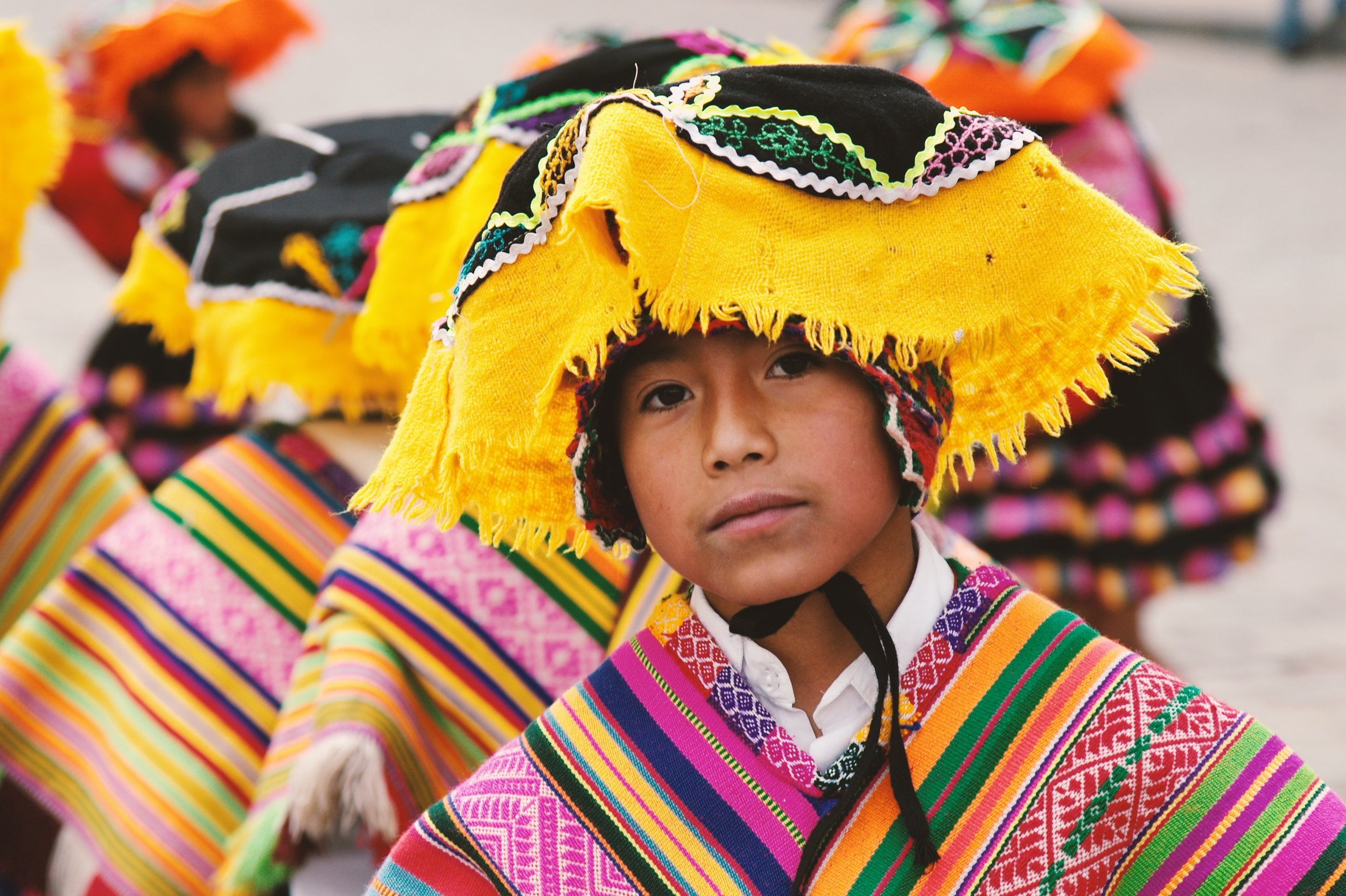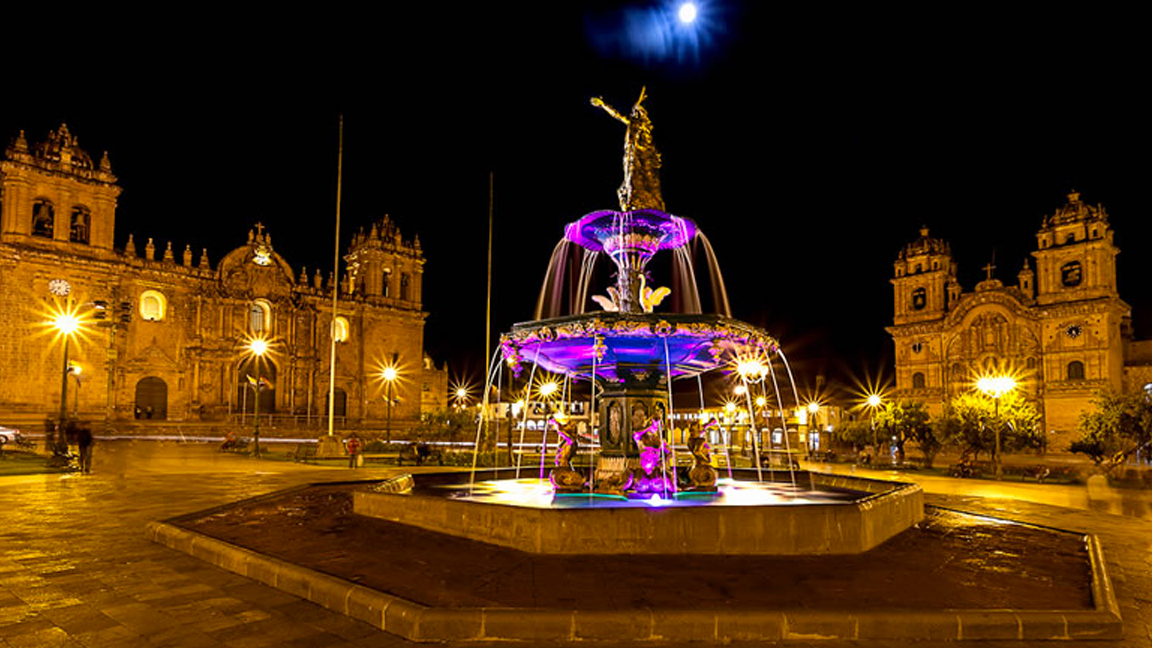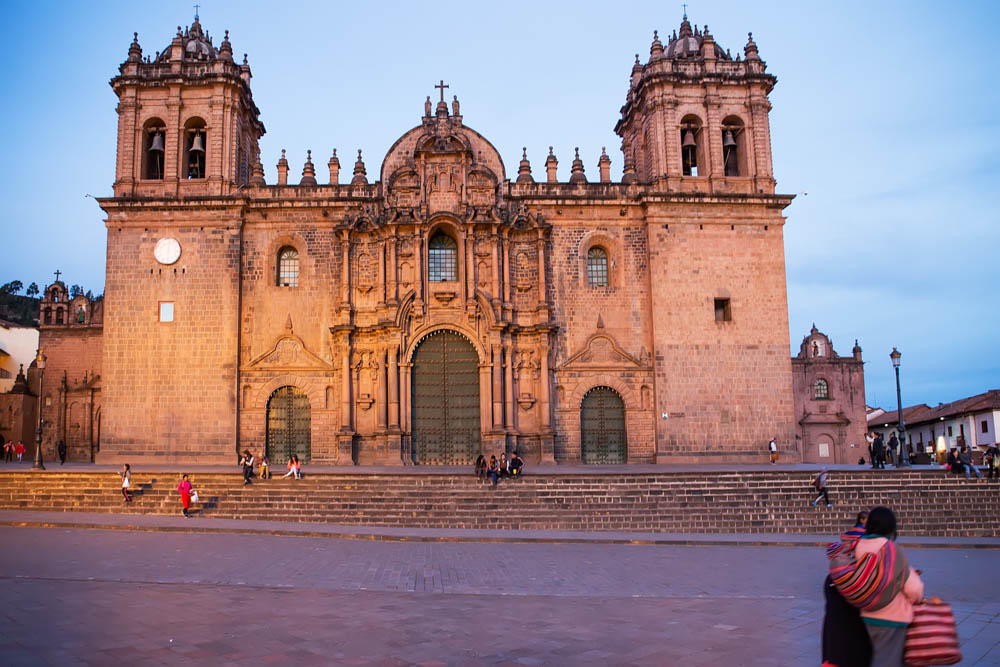Cusco Trips and Tours
The city of Cusco should not be missed! Come with us to see stunning Inca architecture, the beautiful cathedral, the bustling main square, and then to local non-touristic markets and restaurants. Or come have an amazing night on the town in our tour that combines the planetarium, pisco sours, and dinner.
Introduction to Cusco Tours
Cusco, often spelled Cuzco, is at the heart of any visit to Peru. It offers a heady mix of beautiful colonial buildings and Inca monuments and ruins.
Days can be spent exploring the many attractions of this former capital of the Inca Empire. Relax with a fine coffee in a picturesque plaza, make chocolate or see wonderful architecture. Evenings offer live music, fine dining, and cocktails as well as stargazing tours and a choice of wonderful hotels.
Be careful with the high altitude on arrival, if you are not already acclimatized. The city sits at 3,400m/11,155ft. That makes it ideal for acclimatizing but also compels you to take it slowly and enjoy the sites at ease.
Cusco is also the access point to Peru’s Amazon rainforest and for further travel to places like Lake Titicaca, Arequipa, and the Sacred Valley.
Things to see and do in Cusco
Cusco was declared a UNESCO World Heritage Site in 1983, and a quick stroll around makes it easy to see why. Our Cusco City tour is the perfect introduction to the city.
The central Plaza de Armas is a must-see, home to the Cathedral of Santo Domingo and numerous eateries and balconies.
Close by is Hatun Rumiyuq, a street linking the Plaza with the San Blas neighborhood. This street is also home to the Stone of Twelve Angles, a true marvel of ancient stonework.
Barrio de San Blas is home to arts and crafts shops, lovely cafes, restaurants, and hotels, with many picturesque steep and narrow streets.
To see Inca palaces, there is Qoricancha (the Temple of the Sun) and the Temple of the Virgins of the Sun. For an Inca Temple, then it’s Qoricancha, and if you want to see a local market, then San Pedro is definitely worth a visit.
There is no shortage of museums, either. There are museums dedicated to the Inkas, textiles, pre-Colombian art, sacred plants, and Cusco. Sweet tooth? Head to the Chocolate Museum.
No trip to Cusco is complete without a visit to Sacsayhuamán, the fortress that overlooks the city.
We also offer slightly alternative tours, too, with a night tour giving you the chance to stargaze at the planetarium, try Inka Kola, and also a local favorite – pollo! Don’t forget the nearby Rainbow Mountain, too.
Cusco City Tour
This tour will take you to local sites not included in most other city tours.
Sacsayhuaman & Inca Ruins
Visit Puka Pukara, Tambomachay, and the impressive Sacsayhuaman.
Urban Cusco: Chicha & Markets
Browse markets away from the crowds and try chicha beer.
Cusco Night Tour & Planetarium
Stargaze at Inca skies, visit a market and enjoy a local Peruvian supper.
More about Cusco
Geography and climate of Cusco
Cusco is located in Huatanay river valley at an elevation of around 3,400m / 11,200 ft.
It has a subtropical highland climate, with two defined seasons.
Summer (Oct-Mar): Warmer and wetter weather, often with afternoon showers, but still cold at night due to the high altitude.
Winter (Apr-Sept): Cool and clearer weather, dry days with lots of sunshine, and can drop below freezing overnight.
History of Cusco
Cusco was the capital of the Inca Empire from the 13thcentury until the arrival of the Spanish in the 1500s. It is believed it was planned and built in the shape of a puma, a sacred animal to the Incas.
In 1533, Spanish explorers invaded the city after killing Atahualpa in the Battle of Cusco.
In 1536, the city was briefly retaken by Manco Inca Yupanqui during the Seize of Cusco.
The reclamation of the city didn’t last long and the Spanish soon had control of the city once more. Tupaq Amaru I, the last emperor of the Inca dynasty, was defeated, captured, and executed in the city’s main square in 1572. Much of the city was destroyed and rebuilt by the Spanish, albeit often using the original Inca foundations.
There were several rebellions through the centuries. Peru and Cusco become independent in 1821.
